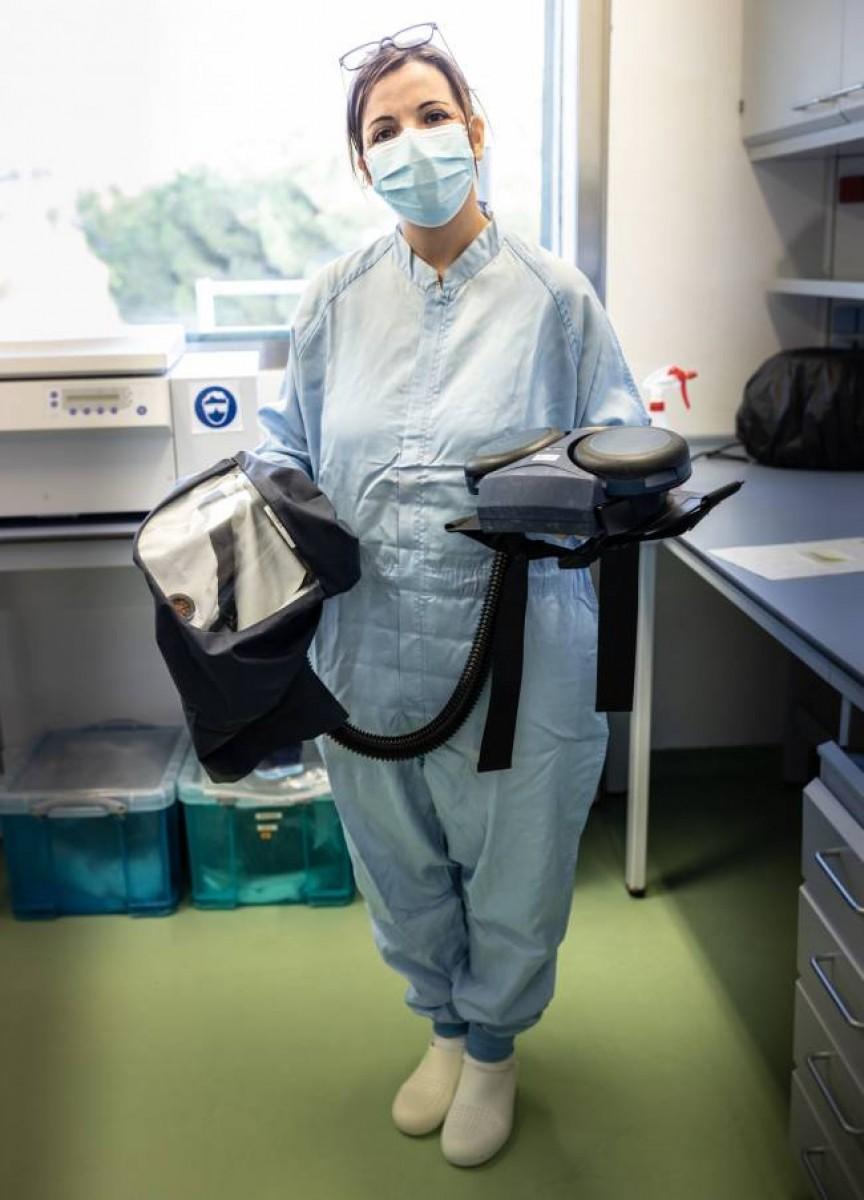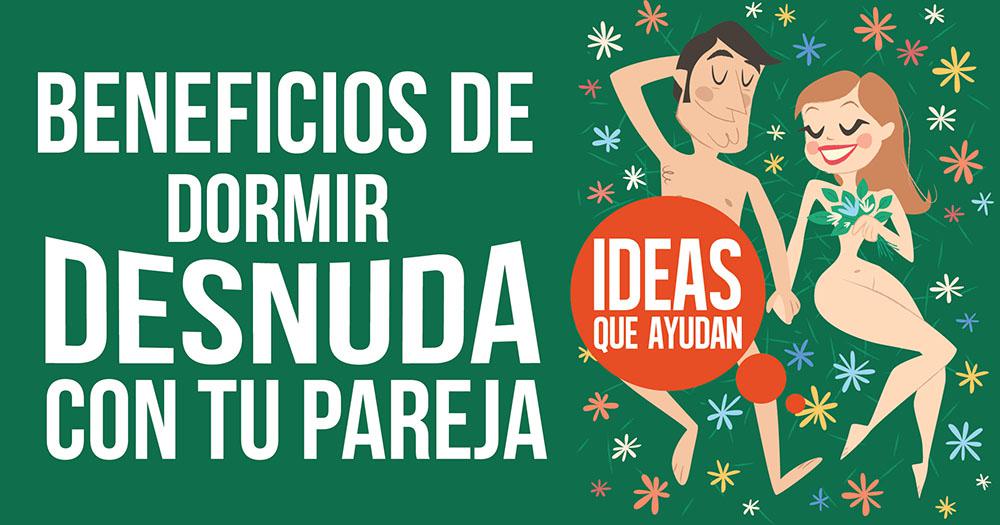In the bowels of a biosafety laboratory where anticovid vaccines were tested
Before entering you have to sign a document and accept a series of commitments. Access implies, among other things, undressing completely and showering on leaving, but also ensuring that you do not suffer from claustrophobia or any alteration of the defenses; and that contact with animals will be avoided for at least three days after the visit.
The place is the Animal Health Research Center of Catalonia (CReSA), a building built in the form of Chinese boxes of increasing security, the place where the tests of the Hipra laboratories vaccine against coronavirus, the first Spanish vaccine, were carried out. which has entered clinical trials.
A level 3 biosafety laboratory, the only one of this size in Spain along with the CISA in Madrid, which allows research into diseases such as COVID-19 and others that can jump from animals to humans or that have already jumped, such as the flu avian or those caused by prions. Where they study and seek treatments for infections that affect pigs, birds, sheep or horses. A place to which, due to security conditions, not all those who come to work manage to get used to it.
Where, and above all, nothing that is studied there should go outside.
We get to know him.
Chinese boxes and the coronavirus
On the upper floor, in addition to the reception, there are the 'normal' offices and laboratories where studies do not require special security measures. The center, not too big seen from the outside, is nonetheless excavated, gaining space from the subsoil, like a biosafety 'Camp Nou'. Special conditions start below.
After going down some stairs we access the changing rooms. Everyone who enters must be completely undressed. Only glasses and, in our case, photographic equipment are allowed. And all this must be decontaminated on departure. It is important to prevent microorganisms from entering from the outside, but above all to prevent them from escaping from there. All clothing, watches, earrings, piercings or bracelets must be left outside, they must not pick up anything that is housed inside.
We go through a double door to a new locker room where the necessary material to dress properly awaits us, —including underwear— and we continue towards a corridor where the laboratories are located. The structure in Chinese boxes implies that for each door that is opened —and which must be closed again immediately—, one finds a lower pressure.
This move towards more negative pressures means that air always tends to go in and not out, and is a key safety mechanism that prevents escape. It is the opposite of what is used in a hospital in the rooms of isolated immunosuppressed patients, where positive pressure expels the air to the outside because what is needed is to prevent the entry of possible germs.
We go through a double door to a new locker room where the necessary material to dress properly awaits us, —including underwear— and we continue towards a corridor where the laboratories are located. The structure in Chinese boxes implies that for each door that is opened —and which must be closed again immediately—, one finds a lower pressure.
The negative pressure is seen in the resistance of the doors when opening them. "Some people say that it gives them a headache, but in general we don't notice anything," says Júlia Vergara. She is the principal investigator for the center's coronavirus group. She has been studying them for years, including the MERS that jumped to humans in 2012. She guides us in this first part of the visit, which begins precisely in the coronavirus laboratory.

"During the first months of the pandemic we did a lot of 14-hour shifts," she says, "we felt a lot of pressure to be able to contribute." When the experiments take place, it is necessary to access with a special suit and equipment that filters the air breathed.
???????? 50 ppl do not know how to grate cheese???? https://t.co/yp6J9D4b5z
— ﮼سيلڤلر، Fri Jan 24 15:46:37 +0000 2020
"Sometimes they lasted 6 or 8 hours", and during them you can't eat or drink, or even go to the bathroom. "Doing it involves not only removing the suit, but also going through a decontamination protocol that lasts about 30 minutes," adds Vergara. "There are people who don't get used to these conditions. We are very used to it, but you don't know how you are going to handle it until you start. Several doctoral students have had to give it up."
In this laboratory, animal tests were carried out on the Spanish Hipra vaccine against the coronavirus, the only one that has entered the clinical trial phase for the time being. "The company had a preparation that it already knew produced a defense response and antibodies, but in order to work with the virus and find out if it blocked it, they needed a laboratory of this type. We verified that it was capable of doing it and that it worked in animals such as hamsters". These tests allowed it to now be tested in humans.
On the way to the next area, Xavier Abad, the head of the biocontainment unit, joins the visit. He teaches us that the walls are painted with a special paint and that the corners are rounded. "Right angles are avoided to make cleaning easier," he explains. A level 3 unit implies that the microorganisms with which they work can pose a risk not only individual, but also collective.
"Type 4 are the ones that allow handling extremely dangerous agents, such as Ebola. They are the ones we are used to seeing in the movies," adds Abad, with suits connected to respirators through tubes that communicate with the facility and that must be reconnected as they move through it. Right now in Spain there are hardly any small units that allow these experiments, "although there are plans to prepare larger units in Madrid," he says.
Among other projects, Júlia Vergara's group is now working on the design of a "pancoronavirus vaccine", which is useful not only against SARS-CoV2 and its variants, but also against many other coronaviruses that could end up jumping to humans. Something that could serve from minute zero for a possible and not unlikely next pandemic. "It is a consortium formed by our center together with IrsiCaixa and the Barcelona Supercomputing Center", he explains. "Now we are studying what it should include to be effective. It is not easy, but in principle it is a possible project."
But a level 3 is no small thing and certainly no joke. The building, he explains to us, is prepared for almost any type of accident. "There are numerous emergency exits, it has its own electricity generator and special protocols in case of fire. The building is made up of three pieces with flexibility between them that allow it to withstand an earthquake of up to 4.5 degrees on the Richter scale. We don't expect to get to that here," Vergara reassures.
Let's go to the next 'box'.
The animals
We feel the negative pressure again when opening and closing the following doors and we find ourselves with a corridor and several airtight rooms on each side. In the first there are several pigs with which an experiment is being started. The center is in the advanced stages of studying a vaccine against a type of swine fever, a disease without treatment that not only causes suffering for animals, but if it spreads between farms "it can burden the economy of a country," he warns. Abbot.
In the background is the stable with the mice, in which diseases caused by prions, such as mad cow disease, are investigated. And now there are none, but sheep, goats, hamsters, chickens, horses and even dromedaries have also passed through here. Some of the diseases studied do not affect humans, such as swine fever itself. Others can, such as avian flu, bovine tuberculosis, prions or the new coronavirus. Also some transmitted by mosquitoes, such as chikungunya or Riff Valley fever.
"There are people who do not get along well working with these diseases, no matter how safe they are. Some made constant visits to the doctors for fear of contagion," explains Vergara. But several of these ailments can occur in a similar way to common infections, how do you know if someone has been infected? "If an accident does not happen, there are so many security measures that contagion is virtually impossible. When something has happened, such as a cut or a puncture, it is mandatory to report it." The surest way to determine if it has occurred is to take a sample and sequence the microorganism, unraveling if it is present. "But it has never been necessary," Vergara clarifies.
In another of the rooms, an experiment has just finished and they are decontaminating the space. Abad then utters a phrase that resonates, no matter how much the logic of the investigations and the security conditions demand it: "An animal that enters these facilities no longer comes out alive, it cannot make the return journey."
"Unfortunately, we still don't have a way to dispense with them in certain phases of the investigation", the veterinarian and director of the center, Natàlia Majó, will later tell us. "We try to reduce it as much as possible and use alternative methods whenever possible. If it is not, all experiments have to go through an ethics committee that approves the guidelines and the steps to take and also advises us on how to obtain results with the less suffering and ensuring animal welfare".
For Abad, "the use of animal models is still a fundamental part in the development of new treatments and vaccines against a host of diseases, of which the best example today is COVID-19." "And also for many that affect the animals themselves," adds Vergara. "Unfortunately, there are things that are very complex and difficult to reproduce without using them, and one of them is immunity."
In the space they are decontaminating there are three fans. They remove the air bathed in hydrogen peroxide at high concentrations. It takes four days to do it. If possible it is thanks to the upper floor.
The sandwich
"The sandwich concept is one of the most repeated in centers of this type," explains Abad. The animals are on the central floor, but above and below there are two types of facilities that allow everything to function.
The upper part has to do with the air. It is a huge space packed with automatons and the machinery in charge of insufflating and extracting the air from each area of the enclosure, of creating the appropriate and decreasing negative pressures that we are encountering. And to filter it exhaustively —"redundancy" is a word that is repeated during the visit—before releasing it to the outside.
The lower part is responsible for waste. Everything that is generated must be decontaminated before being able to leave. To do this, the solid is first separated from the liquid. The solid will go to an incinerator or a very expensive alkaline digestion machine, where the remains are broken down based on pH. The liquid is directed to three successive tanks of 15,000 liters each, where they are chemically treated until they can be released. In case there is an accident or breakage, the three rest on a kind of empty pool and who knows if ironically painted blue. "If it happened, the pool would give time to think," explains Abad.
The investment
The facilities give an idea of the necessary investment. "The center [which belongs to the Food Research and Technology Institute, IRTA] is a public company," Majó will tell us, "but only 25% of the funding comes from public sources. The rest we have to obtain from competitive projects or of services for companies.
Should there be more places of this type in Spain? "Probably some more yes", answers Majó, "but above all I think they should be well financed, and not only in terms of infrastructure, but above all in terms of personnel. I understand that resources are limited, but in my opinion the scientific ecosystem should be a strategic investment.
The OneHealth culture
In particular, "animal health is surely undervalued and it was difficult to obtain financing", continues Majó. "But the pandemic has demonstrated its importance not only for its own sake, but also because it has brought to the table a concept that we veterinarians were already very clear about and that is One Health (a single health, or the interrelation and dependence between health human, that of other animals and that of the environment).
Without going any further, "70% of the infections that affect humans come from other animals," adds Vergara. "Research is what will allow us to be better prepared for what comes. I don't know if I'm being optimistic, but with the pandemic, groups with very different knowledge that were too far away have come together. That will allow us to work better in the future" .
Double shower and farewell
We are ending the visit. We get to the exit locker room and undress again. It's time to go through a double safety shower. We leave the glasses in a container with acetic acid, which cleans them thoroughly. The photographic equipment must remain at least one more day in the facilities to be completely decontaminated.
We get dressed and go to the exit door. Outside we see two horses on a green esplanade. They are the farms of the veterinary faculty, which is located right next to the center, as is the veterinary clinical hospital.
Just before saying goodbye, we asked Vergara, out of curiosity, if she passed COVID, if she became infected with the new coronavirus.
"No, as far as I know I didn't get it," he smiles.


